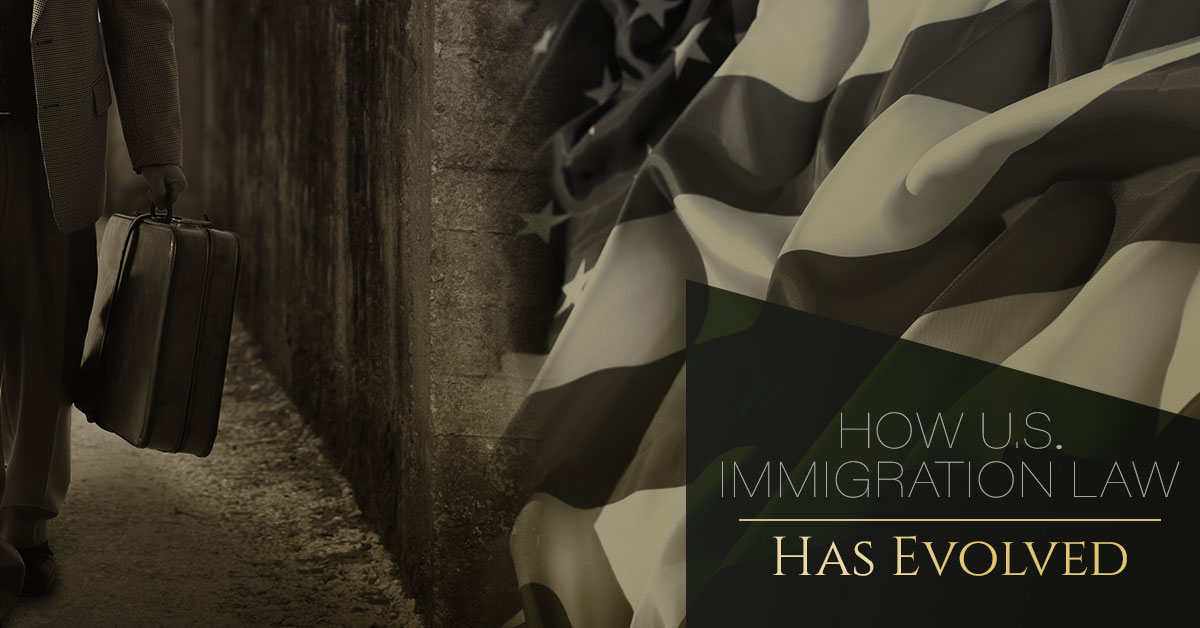The United States is a country that was founded by immigrants to a new land and has historically been a safe haven, the beacon of hope, for billions of people over the centuries as a place to find employment, freedom from persecution, and a new chance at life. From the “discovery” and claim of the Americas in 1492 to the nation’s inception as an established country — a declared emancipated from its overseas “owner” and foundation of an independent country — in 1776, it was a free-for-all type of border and coastline. People from all nations came to the Americas and set up their homes and families. It was not until 1819 that immigration became a legal point of contention and the first immigration legislation was passed. Since then, laws and legislation have changed and evolved significantly. Follow along in today’s post as we recap some of the highlights of these changes through the years.1819– Immigration Act of 1819 is enacted, which declared foreigners entering the United States as immigrants. Those entering the country has to supply information to government officials that included age, sex, occupation, native country, and destination within the US.
1848– Treaty of Guadalupe Hidalgo granted Mexicans who lived in the territories assumed by the United States from Mexico American citizenship and the right to retain their property, language, and culture.
1864– Immigration policy is declared to be a federal concern and control was seized from the individual states by the federal government. New legislation is enacted to outline federal immigration policies.
1880– Federal immigration policy dictates that those who are likely to become public charges — dependent on public assistance — were denied entry and the first form of deportation was created. At this time, the Page Act outlined those who are considered “undesirable” and denied entry to prostitutes, convicts, and those on public assistance. Those undesirables were “evicted” and allowed re-entry if they could prove that they would not become public charges by incarceration or public assistance.




